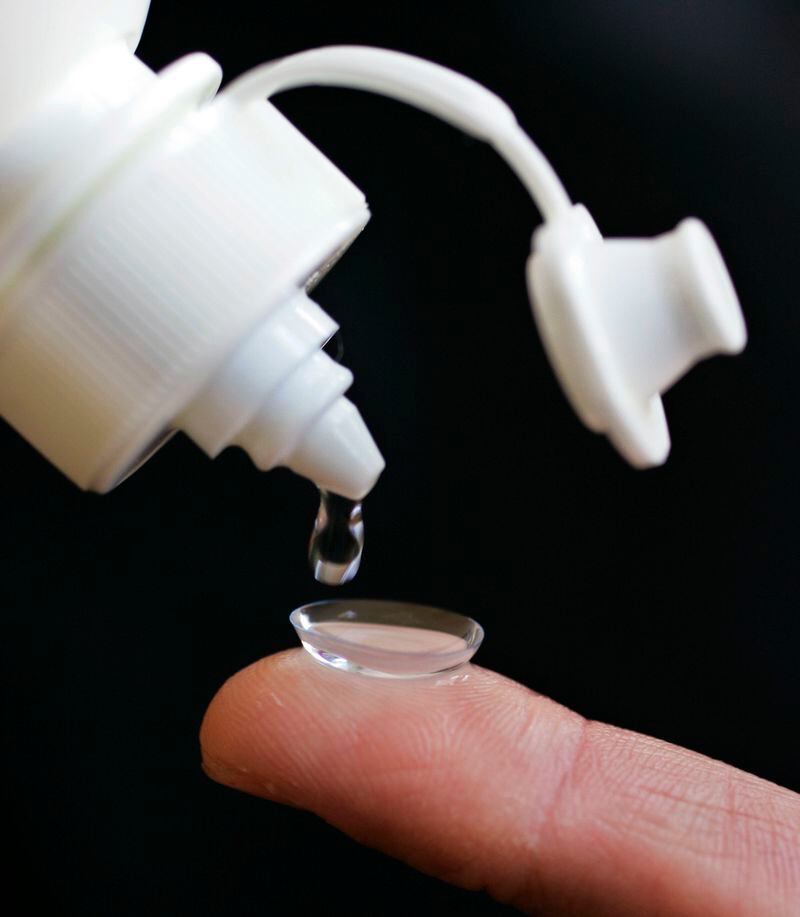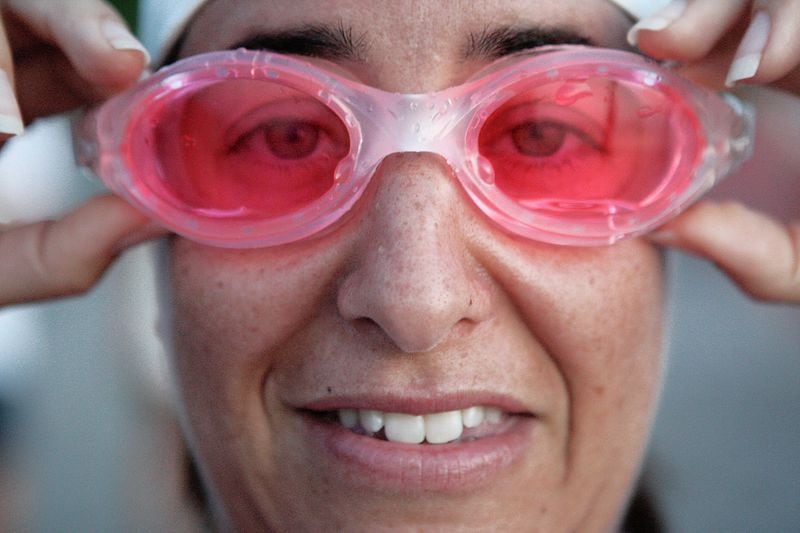A 67-year-old woman in England complained of dry eyes and went to an optometrist, according to a recent Mens Health report. The cause of her irritation: 27 contact lenses that had to be surgically removed.
Though most contact lens wearers wouldn’t let things go that far, many are guilty of bending the rules and taking a risk with their eyes. Some people start treating their lenses casually, because they're long-time wearers, while newbies are just as likely to forget (or never know) that these medical devices can cause medical issues.
RELATED: Here’s what happens to your body when you don’t get enough sleep
According to a 2010 study published in Pediatrics, about a fourth of the roughly 70,000 children who end up in the emergency room each year for injuries and complications from medical devices are related to a contact lens complaint.
Contact lens issues at any age can include infections and eye abrasions and even blindness. All the dangers of contact lense use are easily avoided, though, when you start following (or go back to following) expert advice on contact lens wear.
Here are seven of the most important expert guidelines:
Keep lenses clean with a proper solution. If you don't use the proper solution to keep contact lenses clean and moist, you can get eye infections, plain and simple, said Dr. Bernard P. Lepri, an FDA optometrist who was interviewed on the FDA website.
"Bacterial infections can be extremely rapid, result in corneal ulcers, and cause blindness — sometimes within as little as 24 hours if not diagnosed and treated promptly."
Be savvy about storage. How you store your contacts is almost as important as the way you wear them. According to the CDC, you should store reuseable lenses only in the proper storage case after rubbing and rinsing it with sterile contact lens solution — never tap water. Also leave it open to dry after each use and replace your storage case at least once every three months. Your eyes are worth the outlay.
Be aware: Colored contact lenses are no playing matter. Don't forget that colored or so-called "costume" contact lenses are still medical devices, even if you're using them just for fashion, said Lepri. That means they have all the same risks as other contact lenses, and wearers should follow the same safety procedures.
Whether for pleasure or need, you need a prescription even for colored contact lenses, says the FDA. Places that sell colored lenses over the counter or without a prescription are breaking the law, and this includes online purchases.
Along with shopping only after you get a prescription, note that even decorative lenses do not come "one size fits all." You'll need an ophthamologist or optometrist to measure each eye for a proper fit and see how your eyes respond to wearing the colored lenses. Poor-fitting lenses can cause serious eye damage, from scratches on the cornea to pink eye, decreased vision and even blindness, said the FDA's Lepri.
"The problem isn't with the decorative contacts themselves," Lepri added. "It's the way people use them improperly — without a valid prescription, without the involvement of a qualified eye care professional, or without appropriate follow-up care."
Don't use saliva to moisten a lens. It's an easy slip to make once, and then continue, but it could result in terrible infections or just irritations that take time to heal, according to the CDC.
Always wash your hands before coming into contact with your contact lenses. Don't just wash your hands before you clean and insert your lenses, said the FDA: Dry them, too, with a clean, lint-free cloth.
Never wear your lenses longer than prescribed. According to the FDA, you should never sleep in lenses that were not prescribed to be worn that way.
During sports, wear goggles or glasses over your lenses. You may be so used to wearing contact lenses that they seem like part of your eyes, but as medical devices, they need protection during sports, according to the FDA.
About the Author







